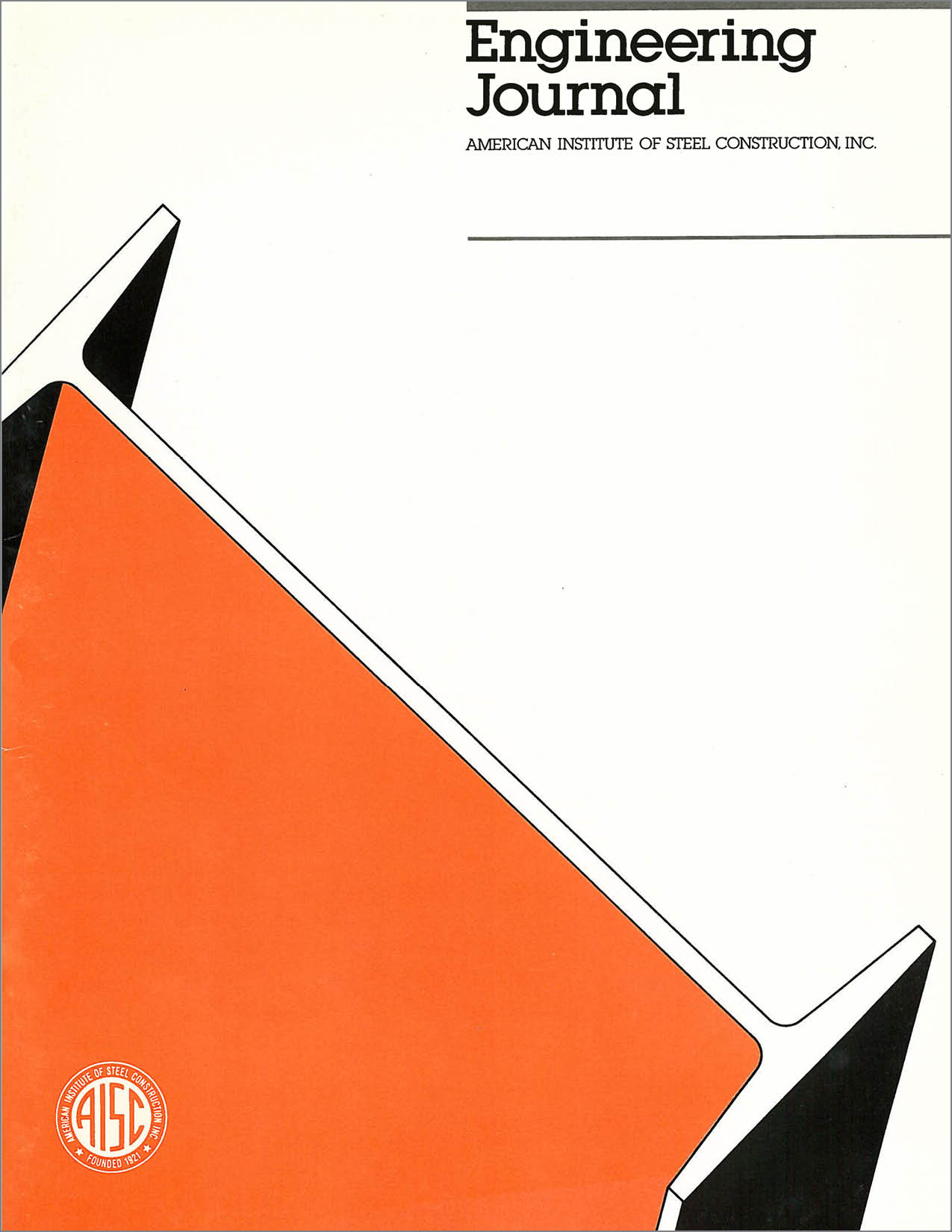Experience with Use of Heavy W Shapes in Tension
DOI:
https://doi.org/10.62913/engj.v24i2.486Abstract
During the last five years, a few cracking and fracture problems have been observed with welded, large rolled jumbo sections. This type of rolled section is classified as a group IV or V shape in the 8th Edition AISC Manual of Steel Construction. They include W12 and W14 rolled steel sections equal or exceeding 210 lbs./ft. The cracking has been observed in sections equal or exceeding 370 lbs./ft. They have been observed in sections produced without special metallurgical requirements as well as in sections produced with killed fine grain practice. This paper reviews the characteristics of these steel sections, the conditions that led to the cracking and provides recommendations for splicing and use of these members in tension applications. In addition, there are suggestions for weld splices in compression. When first introduced in the 1960s, these sections were intended as columns in structures resisting large axial loads. However, with passage of time the sections were gradually introduced in large trusses as tension members. This provided a means to develop the large forces in the chords and diagonals of long-span trusses or shorter spans carrying heavier loads. Figure 1 shows the fractured chord of a large truss fabricated from these rolled sections.

